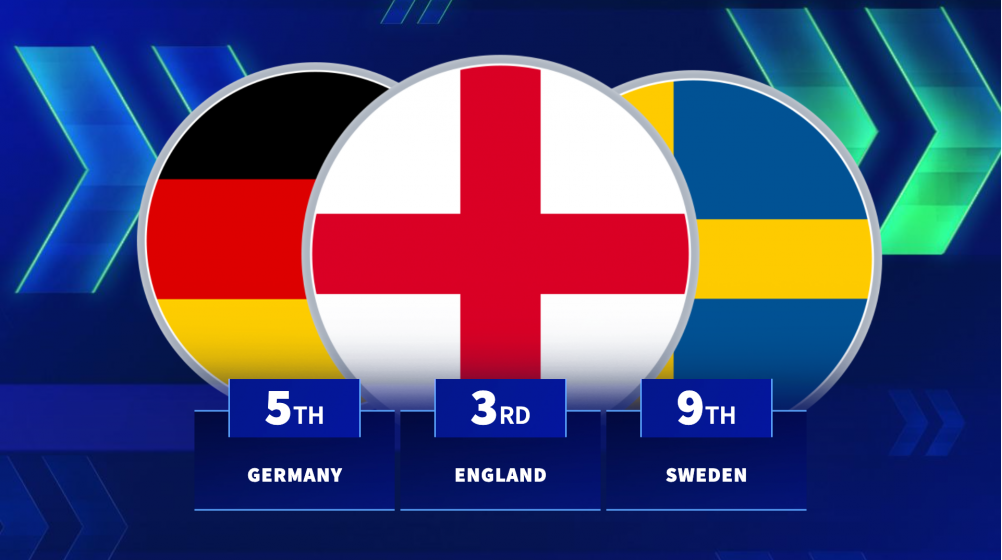<div>
<p>Top 20 Revealed</p>
<div>
<p>
<img
alt="The most valuable passports in football - Which nations dominated the summer transfer window?"
src="https://tmssl.akamaized.net//images/foto/galerie/passport-top-three-1757345427-177017.png"
title="The most valuable passports in football - Which nations dominated the summer transfer window?">
</img>
</p>
</div>
<p dir="ltr">
Football fundamentally operates as a meritocracy, where the most exceptional talents are typically signed by the top clubs. However, a player’s passport can occasionally serve as an advantage, helping them distinguish themselves. The right passport can facilitate smoother transitions between countries and may also reflect a legacy of successful players from the same nation.
</p>
<br>
<p dir="ltr">
Long-time followers of the sport will understand this well. Although football is a global game, certain countries consistently excel not only in international competitions but also in nurturing elite talent, often producing top-tier players in large numbers. With football being a trillion-Euro industry, the player development sector is thriving. Which nations have proven to be the most proficient in delivering high-value assets in the transfer market? Today, Transfermarkt analyzed data from the summer transfer window to reveal the answers.
</p>
<br>
<p>
Unsurprisingly, the majority of the €10.2 billion spent over the summer was on players from European countries, with 13 of the top 20 nationalities by total transfer fees being from Europe. Africa followed with four nationalities in the top 20, while South America had three. As shown in the table below, the usual frontrunners dominate the rankings.
</p>
<br>
<p>
<img
alt="MVP passports"
height="629"
src="https://tmssl.akamaized.net//images/foto/newsansicht/most-valuable-passports-1757345393-177016.png?lm=1757345403"
title="MVP passports"
width="503">
</img>
</p>
<br>
<p>
Germany ranks fifth, exchanging €482 million worth of talent this summer, closely followed by the Netherlands (€480 million) and Italy (€472 million). In fourth place, Spain saw a substantial transfer fee of €619 million. England proudly holds the third position with €784 million in transfer fees, while Brazil is in second with €846 million. Leading the list by a significant margin is France, contributing €1.02 billion for players from the home of stars like Kylian Mbappé and Hugo Ekitiké.
</p>
<br>
<div>
<p>Player Comparison</p>
<div>
<p>€75.00m</p>
<p>Market Value</p>
<p>€75.00m</p>
</div>
<br>
<div>
<p>Centre-Forward</p>
<p>Position</p>
<p>Centre-Forward</p>
</div>
<br>
<div>
<p>30.06.2031</p>
<p>Contract Until</p>
<p>30.06.2030</p>
</div>
<br>
<p><span>Full Player Comparison</span></p>
</div>
<br>
<p>
Interestingly, despite leading in total transfer fees, France only had one player—Liverpool striker—among the top 25 transfers of the summer, moving from Eintracht Frankfurt for €95 million. This suggests that while France produces a vast number of sellable players each season, the quality doesn’t always translate into transfers among the highest fees. In contrast, Sweden had three players: Alexander Isak, Viktor Gyökeres, and Anthony Elanga, make it into the top 25 while only ranking ninth overall; these three accounted for 76% of all the spending on Swedish players this summer.
</p>
</div>













Leave a Reply
View Comments